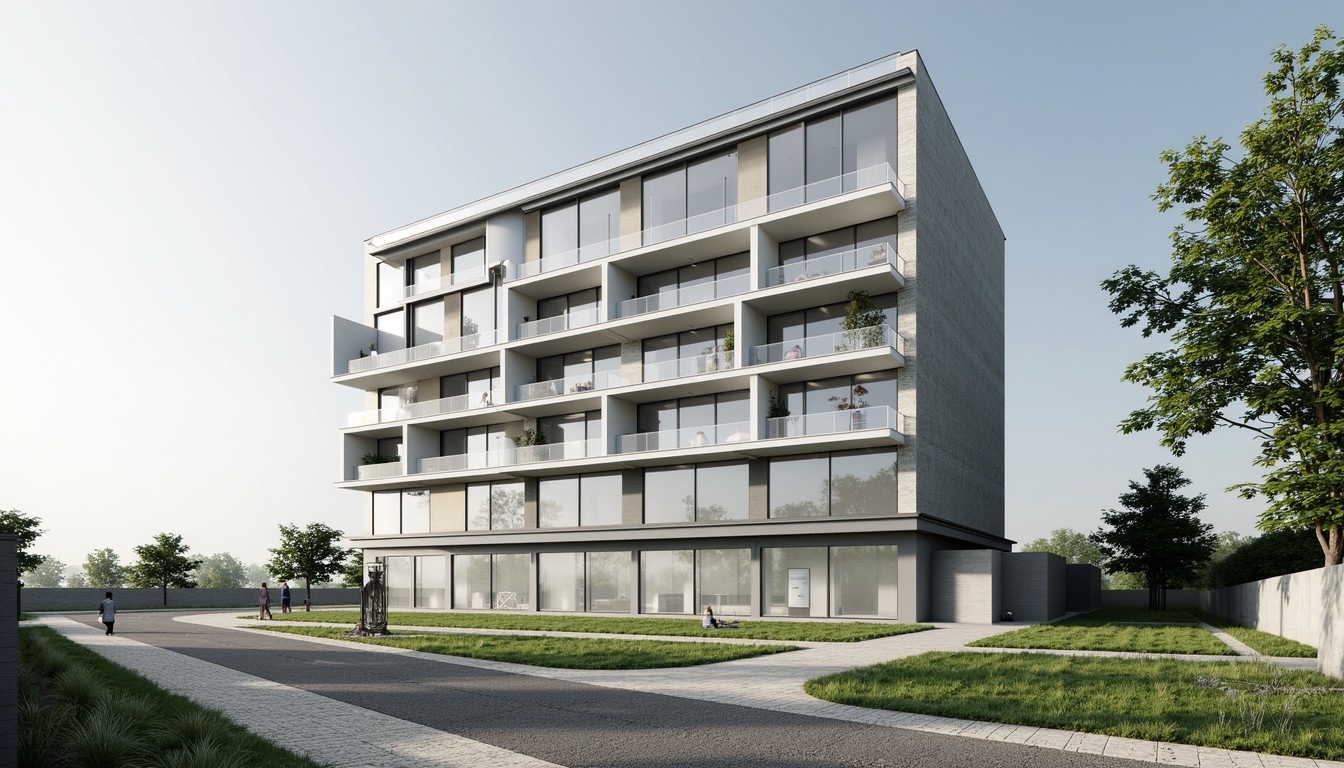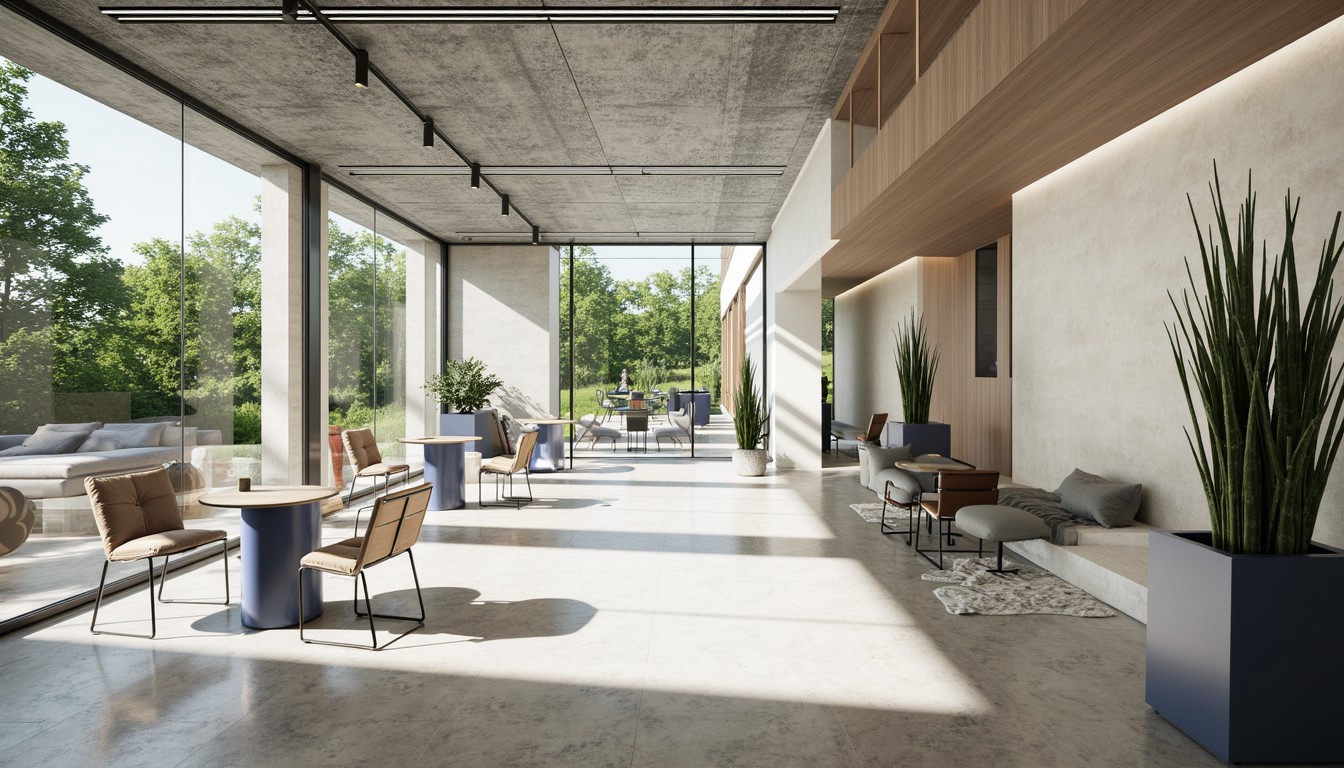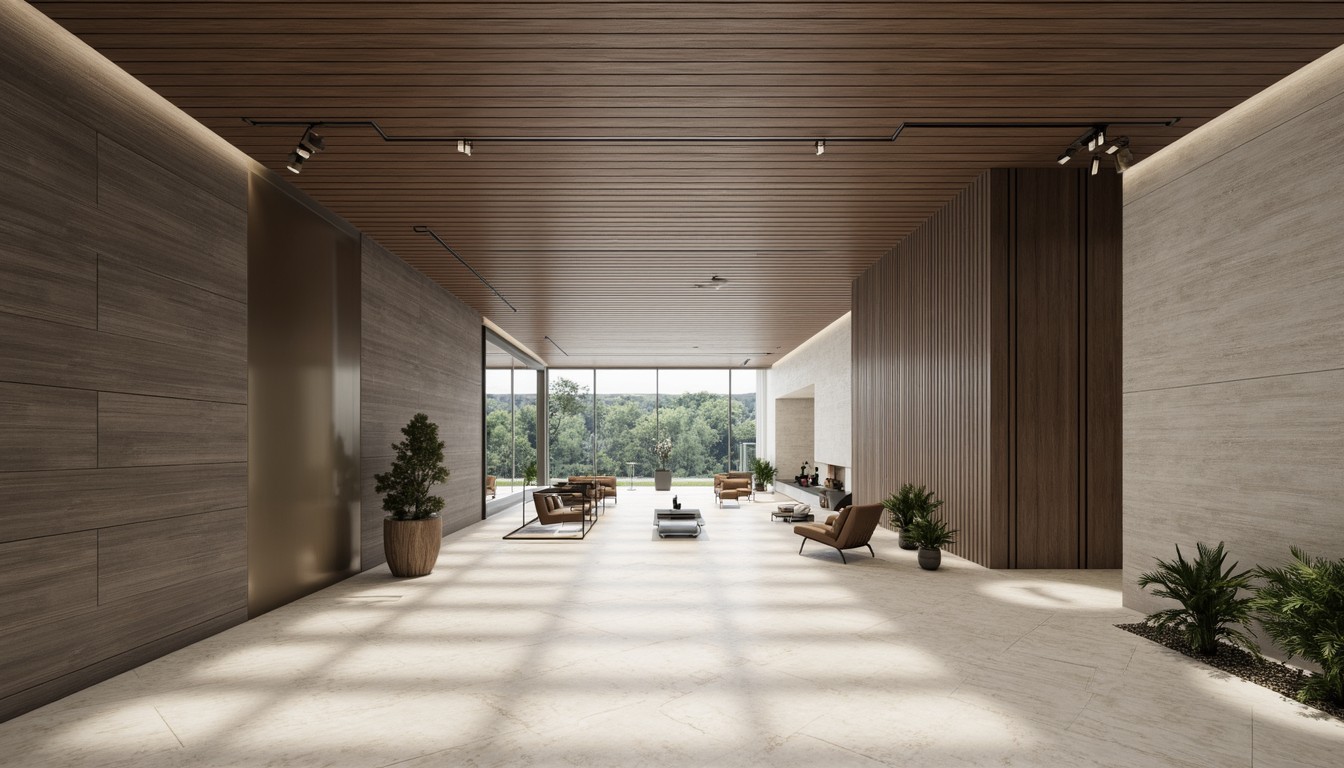Sustainable Architecture: Green Building Technologies & Visualizations
The built environment significantly contributes to global carbon emissions. Addressing this requires a fundamental shift towards sustainable architecture, integrating green building technologies to minimize environmental impact and create healthier, more efficient structures. ArchNav, a leader in architectural visualization, understands the crucial role of showcasing these sustainable designs, helping architects communicate their vision and inspire change.
Understanding Green Building Principles

Sustainable architecture isn't just about using eco-friendly materials; it's a holistic approach encompassing the entire lifecycle of a building, from design and construction to operation and demolition. Key principles include:
- Energy Efficiency: Minimizing energy consumption through passive design strategies (optimal building orientation, natural ventilation, shading) and active systems (solar panels, high-efficiency HVAC).
- Water Conservation: Implementing water-saving fixtures, rainwater harvesting, and greywater recycling systems.
- Material Selection: Prioritizing sustainable and locally sourced materials with low embodied carbon, such as recycled content, timber, and bamboo.
- Waste Reduction: Minimizing construction waste through careful planning and efficient material usage, and promoting the use of recycled materials.
- Indoor Environmental Quality: Ensuring good air quality, natural light, and thermal comfort to enhance occupant health and well-being.
- Site Selection and Planning: Choosing appropriate locations to minimize environmental impact and utilizing sustainable site development practices.
Key Green Building Technologies

Numerous innovative technologies support the implementation of sustainable architectural principles. Let's explore some key examples:
1. Passive Design Strategies
Passive design focuses on harnessing natural resources to minimize energy consumption. This includes strategically orienting buildings to maximize solar gain in winter and minimize it in summer, utilizing natural ventilation techniques, and incorporating shading devices to reduce heat gain. ArchNav's visualizations effectively demonstrate how these strategies can optimize building performance and reduce reliance on mechanical systems.
2. Renewable Energy Systems
Integrating renewable energy sources like solar photovoltaic (PV) panels, solar thermal collectors, and wind turbines allows buildings to generate their own clean energy, reducing reliance on fossil fuels. ArchNav's renderings can showcase the seamless integration of these systems into building designs, highlighting their aesthetic appeal and functionality.
3. Green Building Materials
Sustainable building materials have a lower environmental impact than conventional materials. Examples include recycled content steel, reclaimed wood, bamboo, and bio-based materials like mycelium composites. ArchNav's visualizations can showcase the textures, colors, and overall aesthetic appeal of these materials, helping architects demonstrate the beauty and sustainability of their choices.
4. Smart Building Technologies
Smart building technologies use sensors, data analytics, and automation to optimize building performance, energy efficiency, and occupant comfort. This includes smart lighting systems, intelligent HVAC controls, and water management systems. ArchNav can create compelling visuals demonstrating how these technologies enhance building functionality and sustainability.
5. Building Information Modeling (BIM) for Sustainability
BIM plays a crucial role in sustainable design by enabling architects and engineers to simulate building performance, analyze energy consumption, and optimize material usage. ArchNav leverages BIM data to create highly accurate and informative visualizations, supporting informed decision-making throughout the design process.
Real-World Applications
Numerous examples demonstrate the success of sustainable architecture. The Edge in Amsterdam, designed by PLP Architecture, is a prime example of a highly sustainable office building, incorporating various green building technologies and achieving exceptional energy efficiency. ArchNav's visualizations can effectively communicate the design's innovative features and its positive environmental impact.
Similarly, the Bullitt Center in Seattle, a net-zero energy and water building, showcases the potential of sustainable design to create highly efficient and environmentally responsible structures. High-quality architectural visualizations can help tell the story of such projects, inspiring others to adopt similar practices.
ArchNav's Role in Sustainable Architecture

ArchNav is committed to supporting the transition towards sustainable architecture. We utilize cutting-edge visualization technologies to create stunning and informative renderings, animations, and virtual tours that effectively communicate the design and environmental benefits of green building technologies. Our expertise helps architects and developers showcase their sustainable projects to a wider audience, attracting investors and inspiring others to adopt sustainable practices.
Conclusion
Sustainable architecture is no longer a niche concept; it's a necessity. By embracing green building technologies and innovative design strategies, we can create buildings that are environmentally responsible, economically viable, and socially equitable. ArchNav plays a vital role in this transition, empowering architects to communicate their sustainable visions through compelling visualizations that inspire action and drive change. Contact us today to learn how we can help you showcase your sustainable projects.
